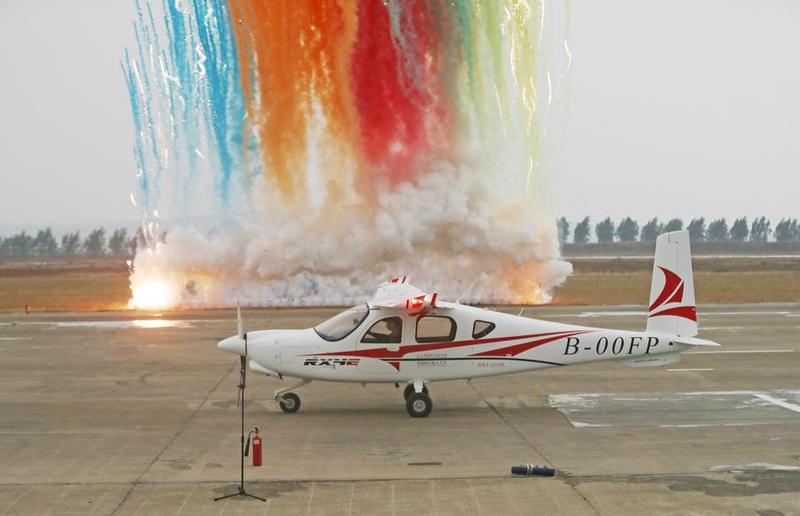China's home-grown small electric aircraft secures 1st type certificate
Xinhua, January 03, 2025 Adjust font size:

BEIJING -- Home-grown four-seat electric aircraft RX4E has become the first of its kind to receive a type certificate, the Civil Aviation Administration of China (CAAC) said Thursday, signaling a breakthrough in new energy aviation technology.
The RX4E is distinguished as the first purely electric aircraft designed in accordance with CCAR-23, China's civil aviation regulations governing airworthiness for normal category aircraft, which includes small aircraft. The type certificate, one of the airworthiness certifications, must be obtained by aviation products before being put into mass production.
The aircraft features a wingspan of 13.5 meters and a length of 8.4 meters, with a maximum takeoff weight of 1,260 kg. It is powered by a lithium battery with a total capacity of 70 kWh and has an electric propulsion system capable of reaching a maximum output of 140 kW.
Independently developed by the Liaoning General Aviation Academy of Shenyang Aerospace University, the RX4E can achieve a maximum flight time of 1.5 hours, boasting advantages such as zero emissions, low noise, reduced operational costs, and high safety and reliability.
The RX4E is expected to find diverse applications in pilot training, sightseeing flights, experiential flying, aerial photography and aviation surveying.
Plans are also underway to develop variants for water, snow, and hydrogen propulsion, as well as other special-purpose models to expand its range of use and enhance market competitiveness.
According to relevant Chinese regulations, all small aircraft are called normal-category aircraft. Aircraft configured with 19 passenger seats or fewer and have a maximum certificated takeoff weight of 8,618 kg or less can be certified in this category.
The type certification process, initiated when the CAAC accepted the design application on Nov 11, 2019, took five years to complete all necessary airworthiness verification work.